Monumental MashUp: Vancouver Art Gallery launches its largest ever exhibition
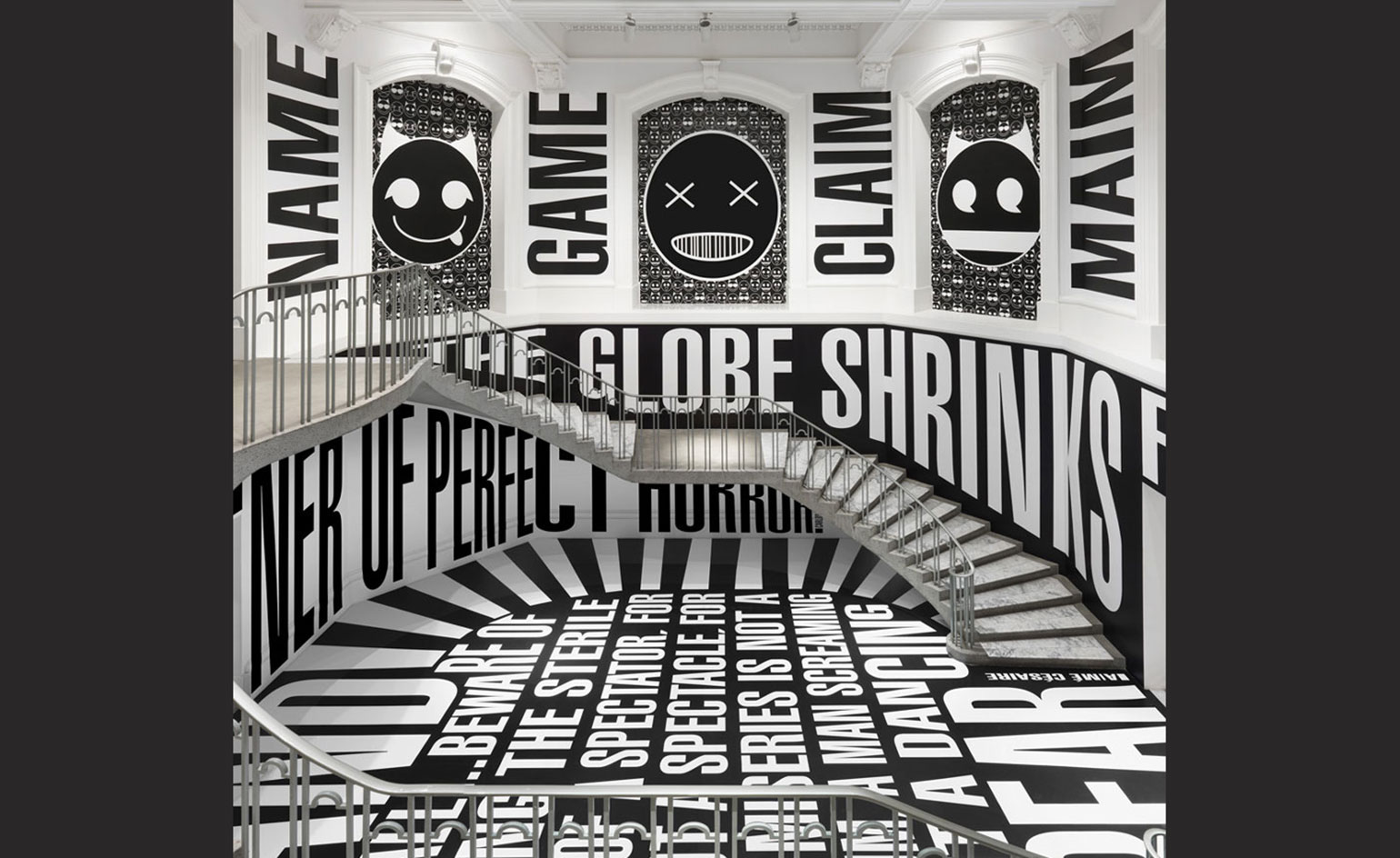
How to convey the experience of an exhibition that takes up all four floors of the Vancouver Art Gallery, includes 156 artists and spans the breadth of Pablo Picasso to Afrika Bambatta? In a word, it’s dizzying.
But there’s also something rather thrilling about the three years in the making aptly named Mash Up – the VAG’s biggest show to date - that currently has Terminal City in a tizzy. (The queue on opening night last week stretched over two city blocks).
Looking at collage, remix, found object art as well as cultural 'borrowing' over the past century, each floor has a theme, ranging from early Twentieth century at the top to current day on the bottom. Descending in chronological order makes most sense, but mixing it up floor-by-floor is truer to the exhibition’s essence. Tellingly, in a sympathetic gestalt, even the official VAG art map mislabelled two floors – switching late 20th century and post-war eras.
But this may be the curatorial intent. One leaves the exhibition which begins with Victorian collage and ends with a Valerie Blass hybrid sculptural creature – part ancient Egyptian, part animal, part pop art –– with synapses swirling with unexpected connections and observations.
The exhibition is as much audio as visual. An intriguing aspect of the top floor early 20th century section juxtaposes the first sound poems of Kurt Schwitters with an 80’s homage by Brian Eno. Early industrial noise music by Luigi Russolo somehow recalls the 80’s industrial band Einstürzende Neubauten. And an entire room dedicated to the Eno/David Byrne 1981 collaboration My Life in the Bush of Ghosts mixes film, objects like the 1954 book of the same name by Amos Tutuola and tracks like Qu’ran that samples Algerian recitations, with curatorial notes about the dangers of neo-imperialist borrowing.
With such a rich vein to mine – one that includes architectural hybrids like the Frank Gehry residence in Santa Monica and Bjarke Ingels’ power station with ski slope – encountering classics like Warhol’s Marilyn series proves unexpectedly banal. But 'Mash Up' also functions as a kind of generational Rorschach test and beauty is definitely in the eye of the beholder. That said, a highlight was the section on 'creative salvage' featuring early 90’s found object furniture by Tom Dixon and deconstructed fashion design by Martin Margiela.
In an age when 'cultural borrowing', copyright and creativity often butt heads, Mash Up serves some delicious food for thought.
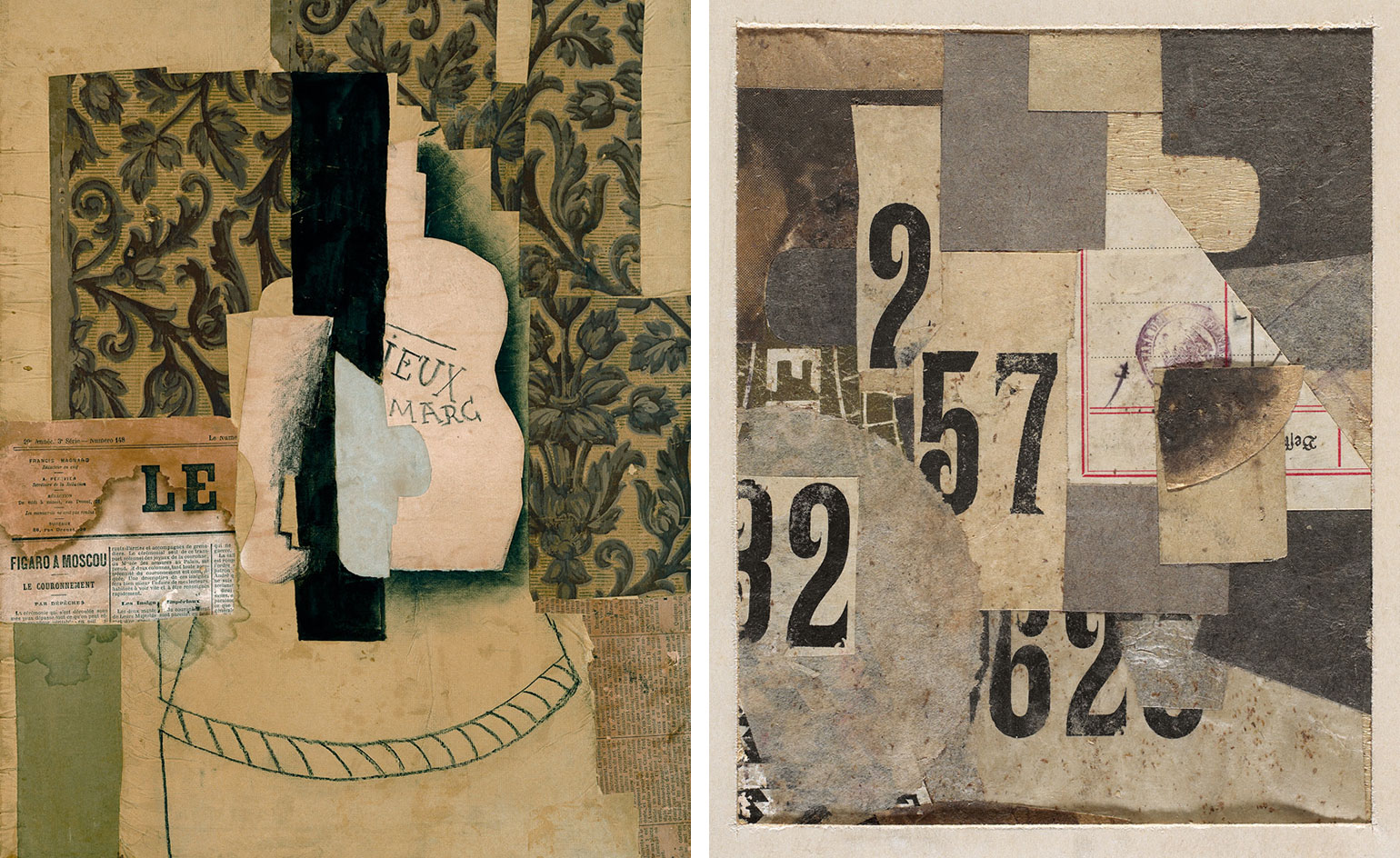
Pablo Picasso is traditionally credited with being the first artist to use collage, spawning and influencing a host of other movements and artists. Pictured left: Nature morte, bouteille et verre, by Pablo Picasso, 1913. Courtesy Picasso Estate / SODRAC and Kunstsammlung Nordrhein-Westfalen, Düsseldorf, 1965. Right: Mz 426 Figures, by Kurt Schwitters, 1922. Courtesy National Gallery of Canada, Ottawa, 2003, and Estate of Kurt Schwitters / SODRAC
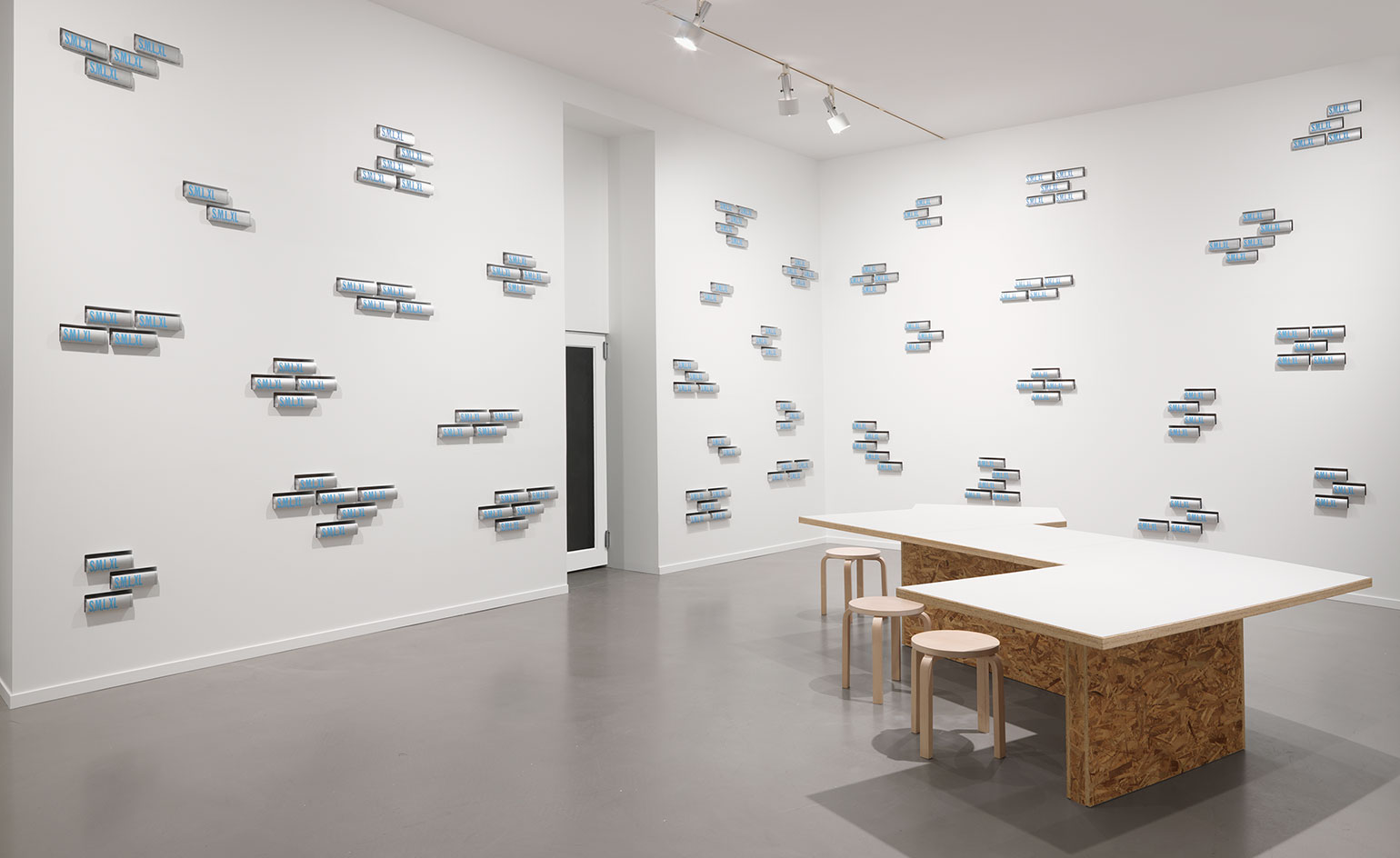
Installation view of Rem Koolhaas and Bruce Mau’s S, M, L, XL – drawn from the 1995 compendium on the architectural firm OMA the duo authored
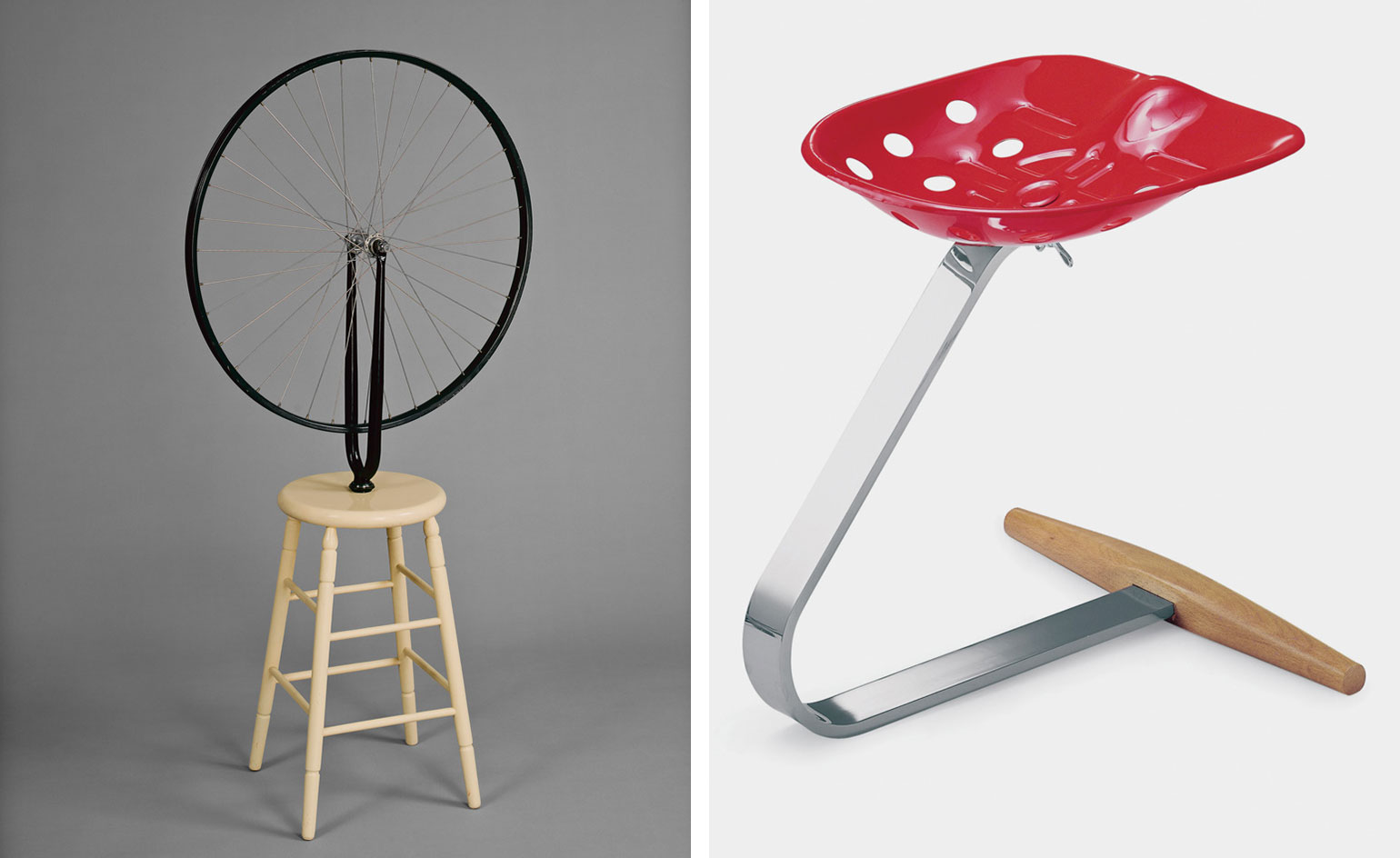
Pictured left: Bicycle Wheel, by Marcel Duchamp, 1913 (6th version, 1964). Courtesy National Gallery of Canada, Ottawa, 1971, and the Estate of Marcel Duchamp / SODRAC. Right: Mezzadro Stool, by Achille Castiglioni and Pier Giacomo Castiglioni, 1957.
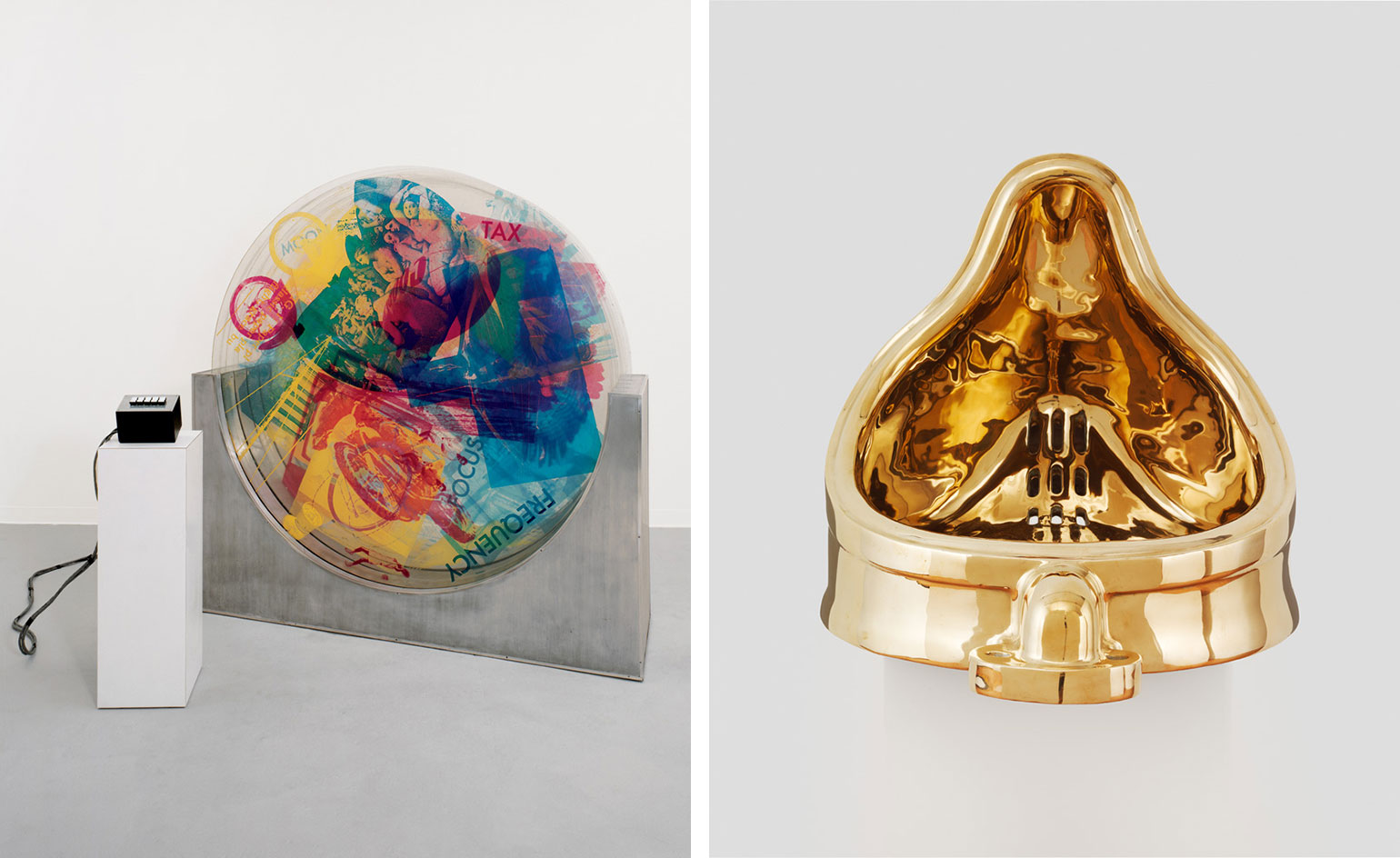
Pictured left: Revolver II, by Robert Rauschenberg, 1967. Courtesy Robert Rauschenberg Foundation SODRAC, Montreal / VAGA. Right: Fountain (After Marcel Duchamp), by Sherrie Levine, 1991.
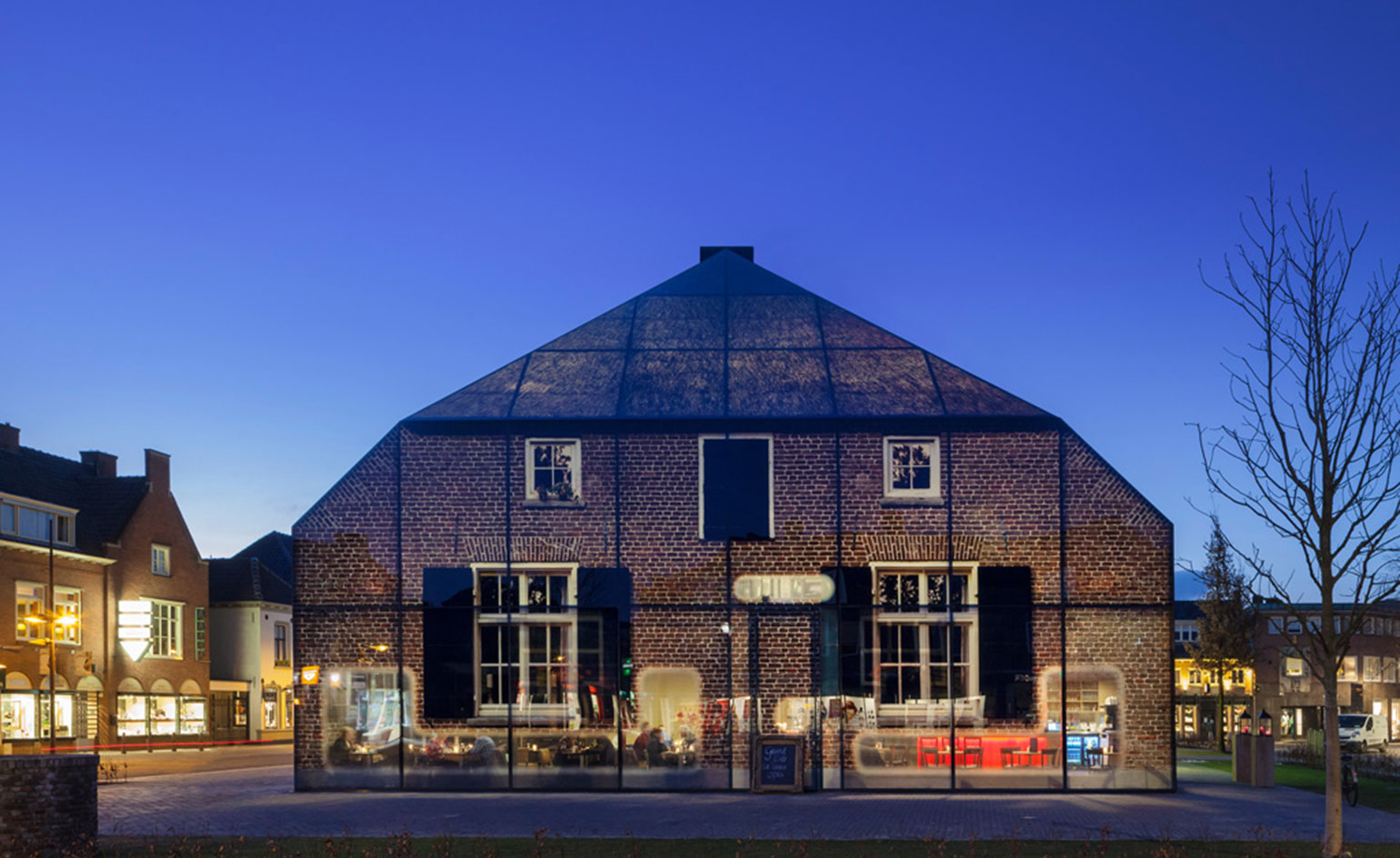
Representing the interdisciplinary mash-ups, Architectural firm MVRDV’s Glass Farm disguises a glass office complex as an old farmhouse. Pictured: Glass Farm, Schijndel, The Netherlands (exterior view), 2008–13.
INFORMATION
’MashUp: The Birth of Modern Culture’ is on view until 12 June. For more information, visit Vancouver Art Gallery’s website
ADDRESS
Vancouver Art Gallery
750 Hornby Street
Vancouver, BC V6Z 2H7
Wallpaper* Newsletter
Receive our daily digest of inspiration, escapism and design stories from around the world direct to your inbox.
-
 All-In is the Paris-based label making full-force fashion for main character dressing
All-In is the Paris-based label making full-force fashion for main character dressingPart of our monthly Uprising series, Wallpaper* meets Benjamin Barron and Bror August Vestbø of All-In, the LVMH Prize-nominated label which bases its collections on a riotous cast of characters – real and imagined
By Orla Brennan
-
 Maserati joins forces with Giorgetti for a turbo-charged relationship
Maserati joins forces with Giorgetti for a turbo-charged relationshipAnnouncing their marriage during Milan Design Week, the brands unveiled a collection, a car and a long term commitment
By Hugo Macdonald
-
 Through an innovative new training program, Poltrona Frau aims to safeguard Italian craft
Through an innovative new training program, Poltrona Frau aims to safeguard Italian craftThe heritage furniture manufacturer is training a new generation of leather artisans
By Cristina Kiran Piotti
-
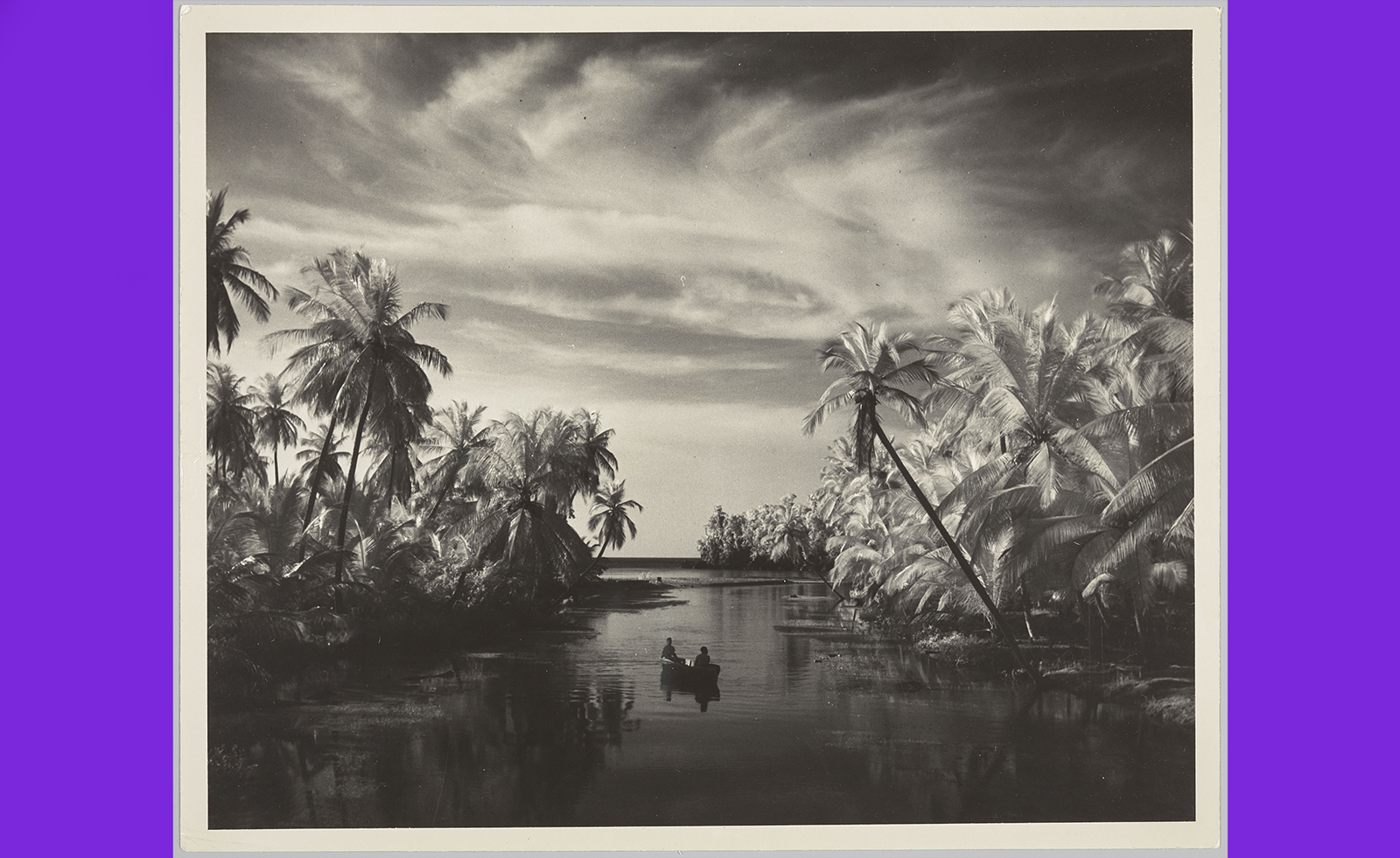 Beyond tourism: Caribbean artists reflect on its legacy
Beyond tourism: Caribbean artists reflect on its legacy'Fragments of Epic Memory' at the Columbus Museum of Art looks beyond the Caribbean's stereotypes
By Gameli Hamelo
-
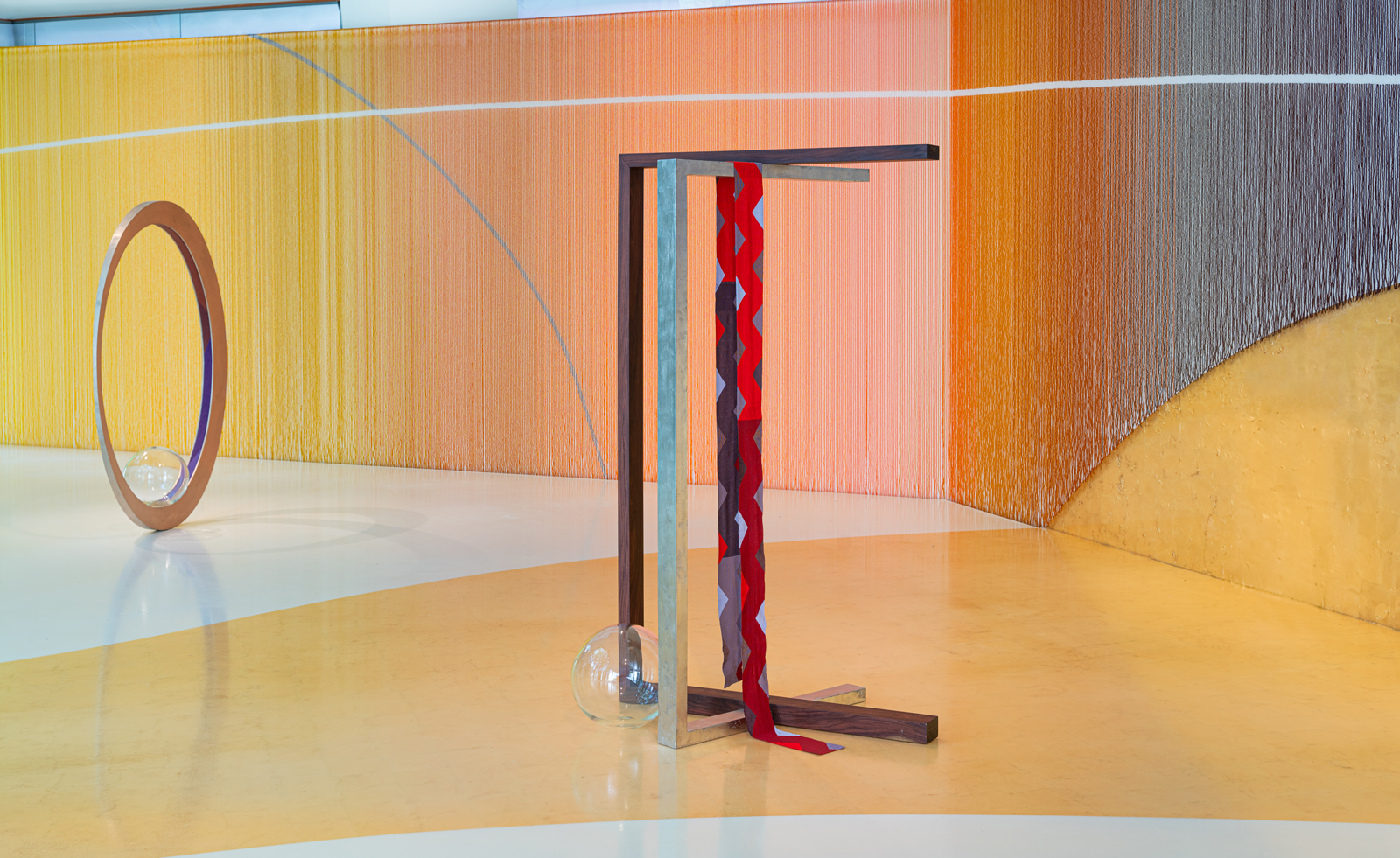 Kapwani Kiwanga considers value and commerce for the Canada Pavilion at the Venice Biennale 2024
Kapwani Kiwanga considers value and commerce for the Canada Pavilion at the Venice Biennale 2024Kapwani Kiwanga draws on her experiences in materiality for the Canada Pavilion at the 60th Venice Biennale
By Hannah Silver
-
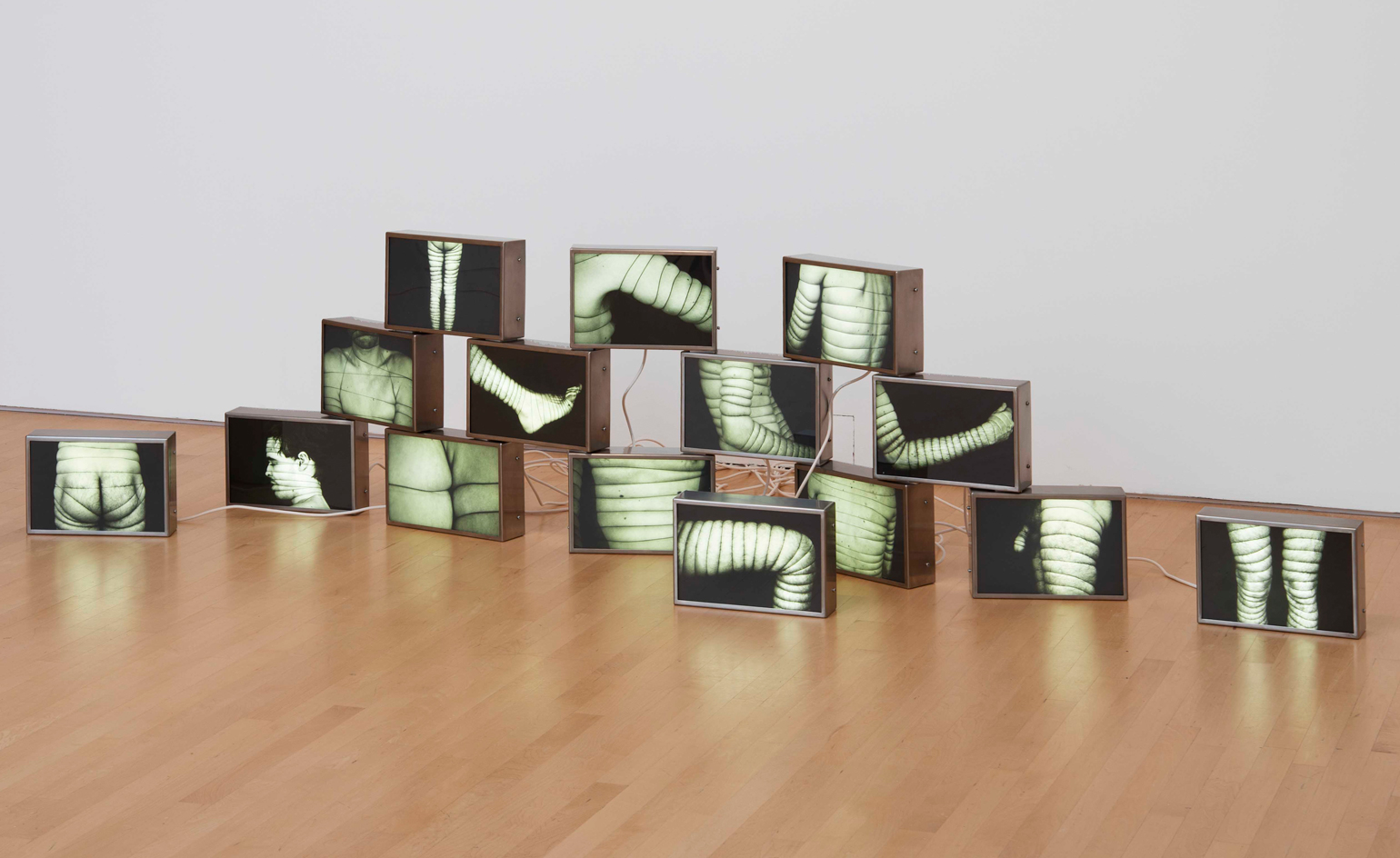 AA Bronson on the radical, enduring legacy of General Idea
AA Bronson on the radical, enduring legacy of General IdeaGeneral Idea, an art group that pioneered a queer aesthetic, is celebrated in a retrospective at the National Gallery of Canada (opened during Pride Month and running until 20 November 2022). Surviving member AA Bronson speaks about their origins, and impact on art and social justice
By Benoit Loiseau
-
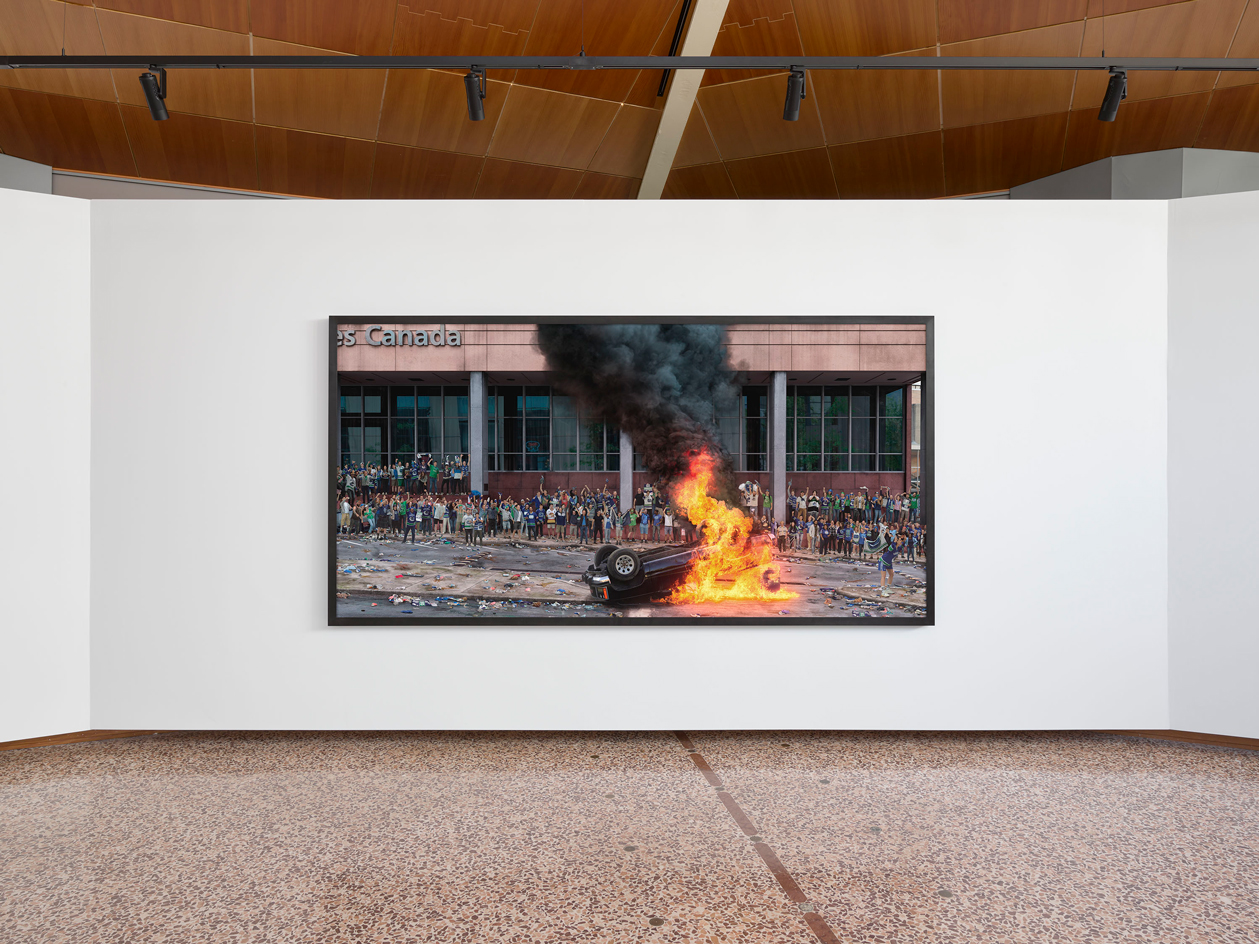 Stan Douglas in Venice: a hypnotic chronicle of youth, revolt and liberation
Stan Douglas in Venice: a hypnotic chronicle of youth, revolt and liberationStan Douglas’ captivating two-part exhibition for the Canada Pavilion in Venice is a haunting and meticulous reconstruction of historical events
By Harriet Lloyd-Smith
-
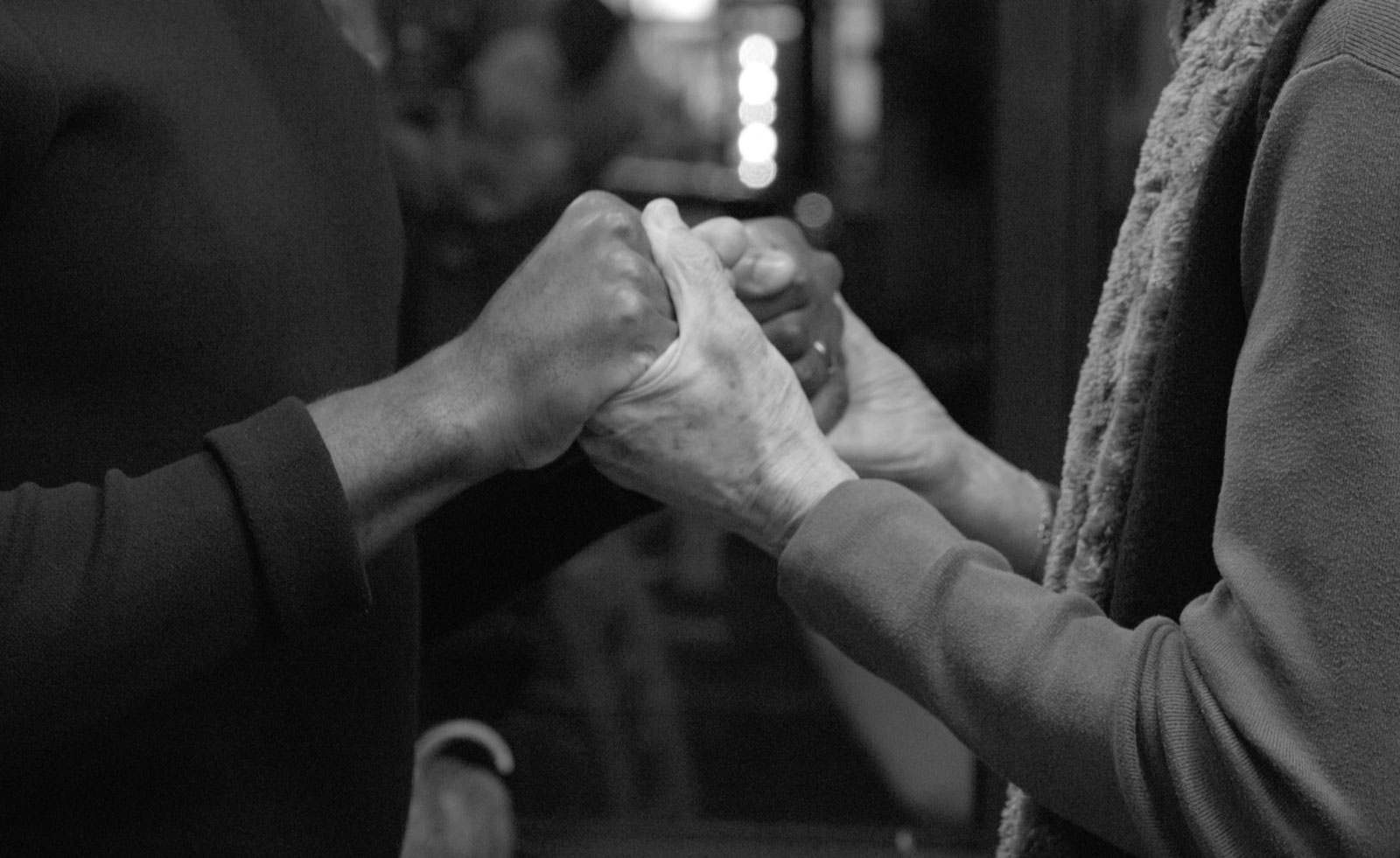 Adam Pendleton’s Canada solo show explores fragmentation of language and representation
Adam Pendleton’s Canada solo show explores fragmentation of language and representation‘These Things We’ve Done Together’, at the Montreal Museum of Fine Arts (MMFA), marks Adam Pendleton’s first solo show in Canada
By Hannah Silver
-
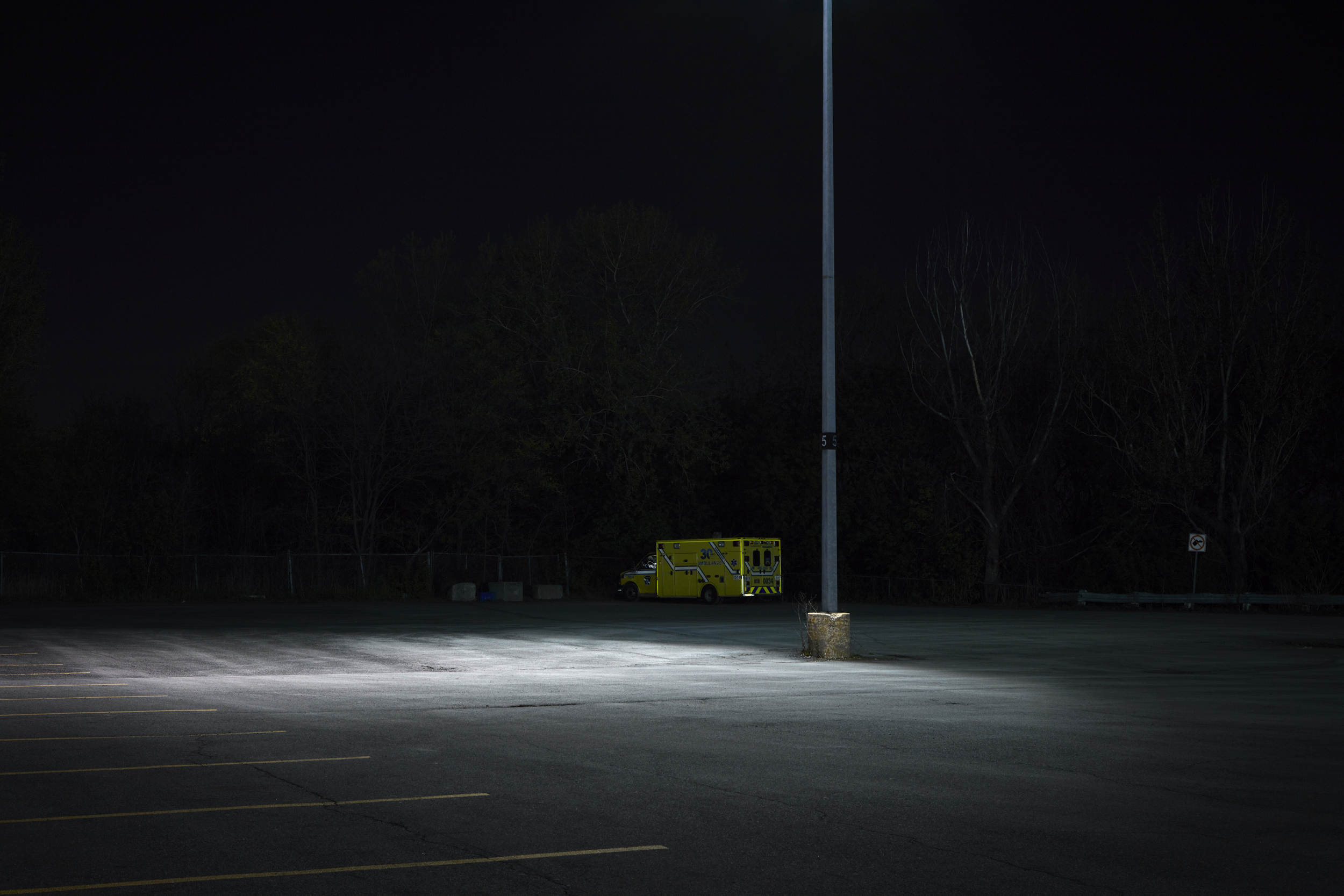 Photographing Montreal's urban spaces at night during lockdown
Photographing Montreal's urban spaces at night during lockdownFollow photographer James Brittain's lens as he explores night time and urban spaces during the recent pandemic lockdown in Montreal, Canada, with his latest series, ‘Night Walks'
By Ellie Stathaki
-
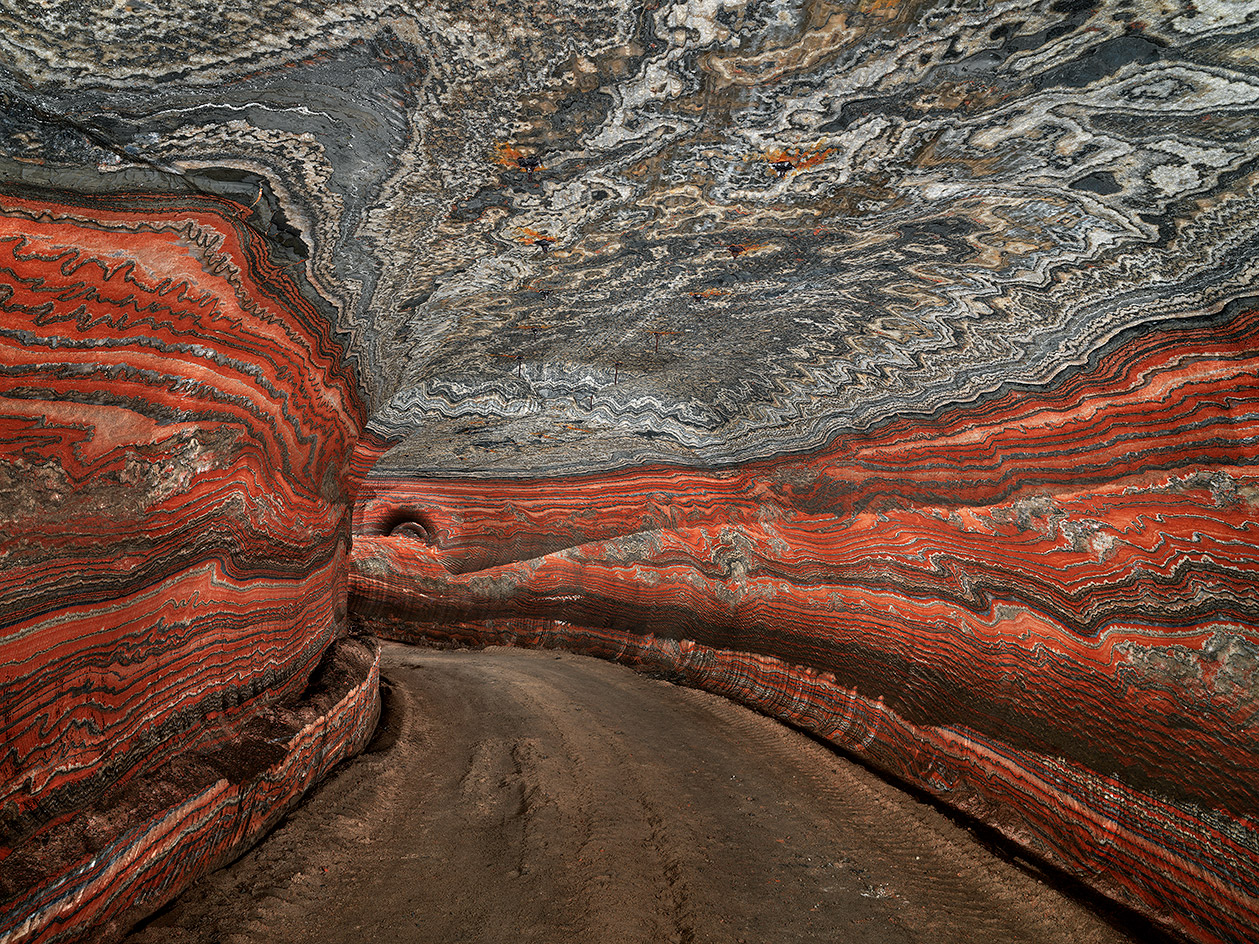 Edward Burtynsky surveys the devastating scale of man’s footprint on the planet
Edward Burtynsky surveys the devastating scale of man’s footprint on the planetBy Tom Seymour
-
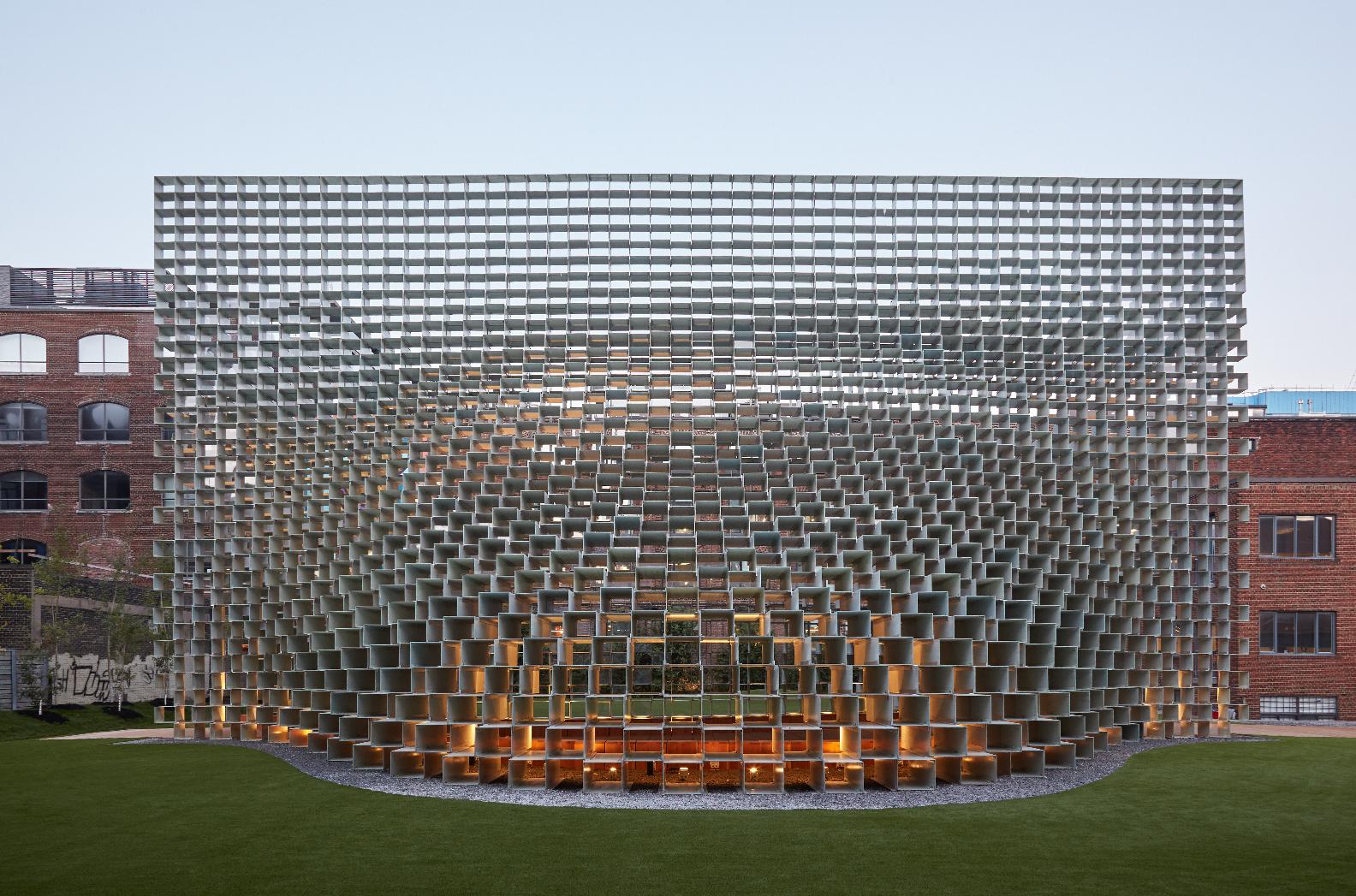 Westbank goes BIG in Toronto
Westbank goes BIG in TorontoBy Alex Bozikovic